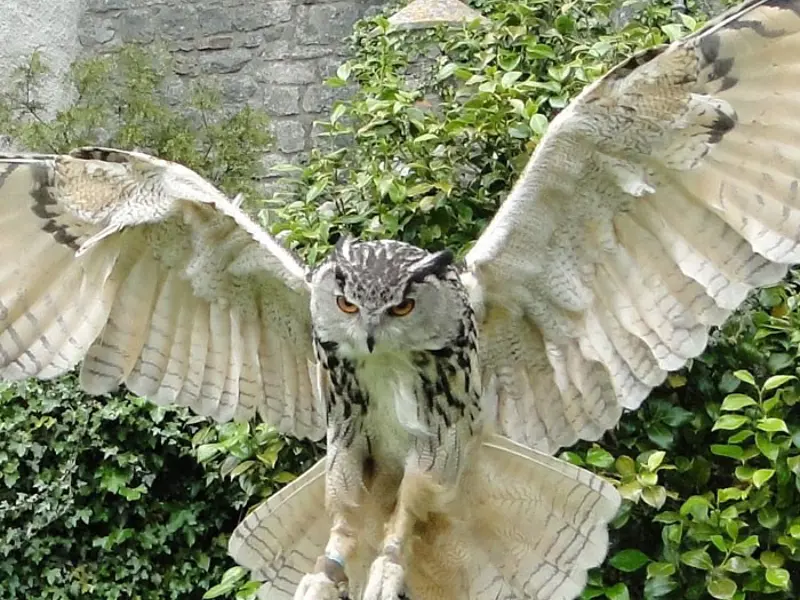“No one will protect what they don't care about; and no one will care about what they have never experienced.” — Sir David Attenborough

European Eagle Owl
Hector and Popey
European Eagle Owls are the largest and heaviest owls in our team by a long way.
Hector can be seen swooping over lines of people at our shows, almost low enough to touch them. When he’s happy and full, he makes a deep ‘hoo-ooo’ hooting sound all night long.
Click below to Sponsor "Hector"
Popeye
Popeye is one of the oldest members of our team. Now in his mid twenties, he's pretty relaxed about it all. If you'd like to get super close to Popeye, you can fly him yourself on our Eagle Experience Wales.









